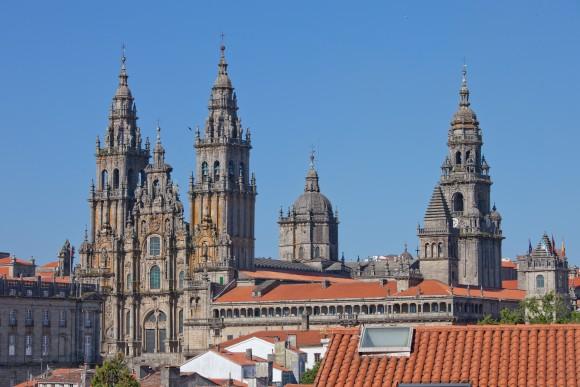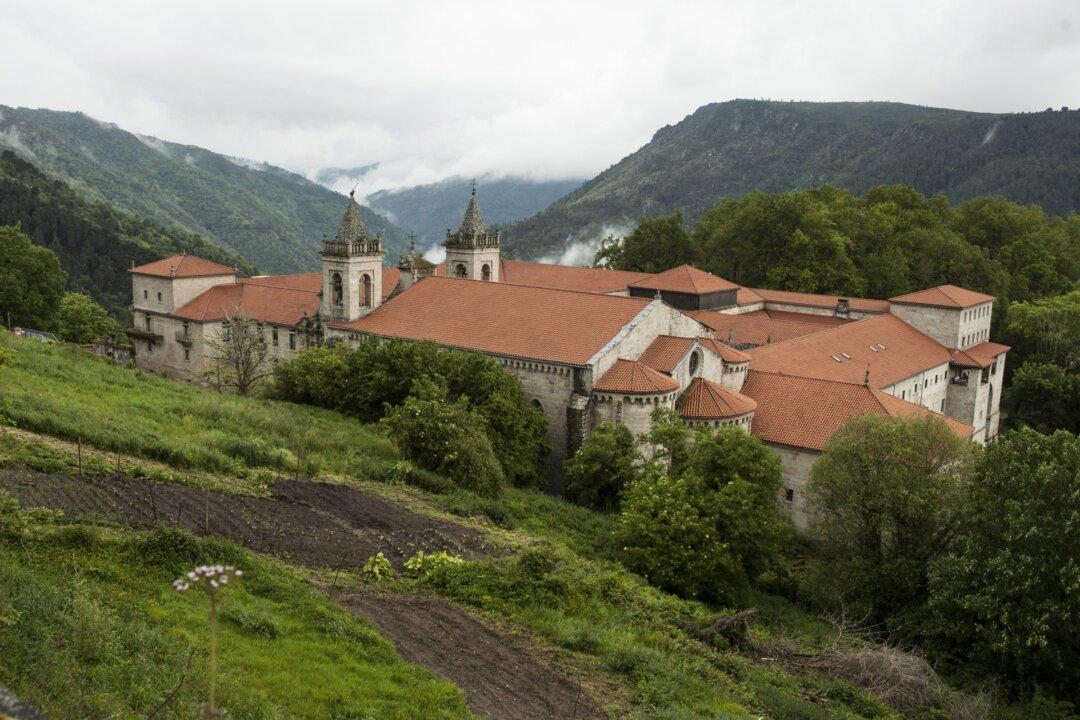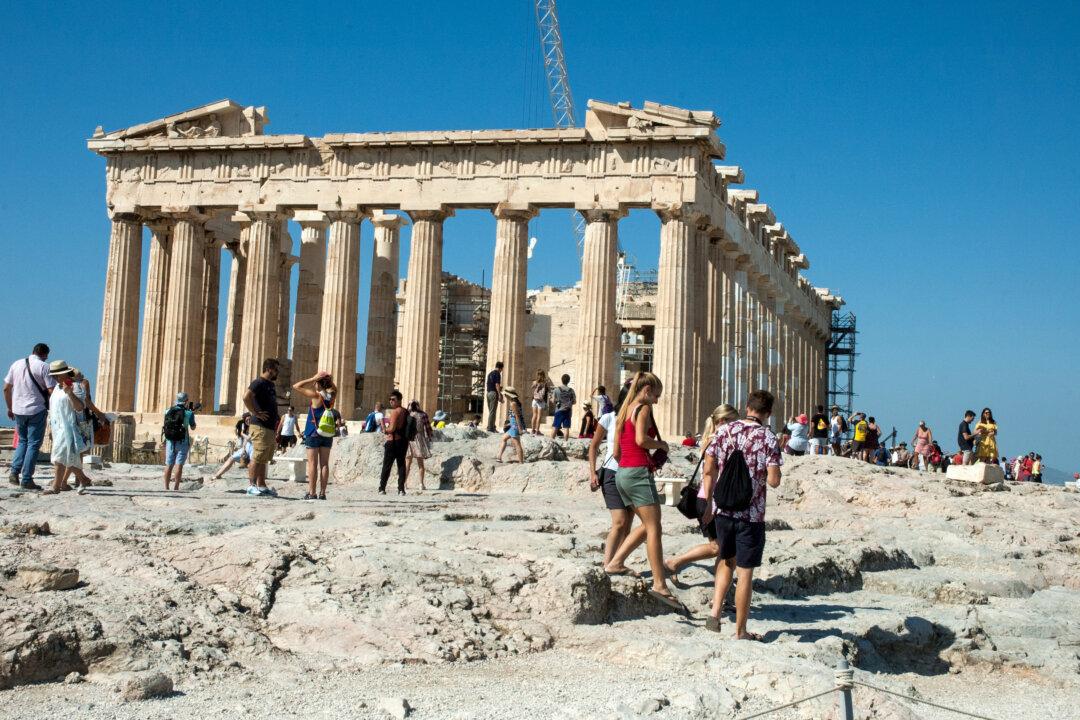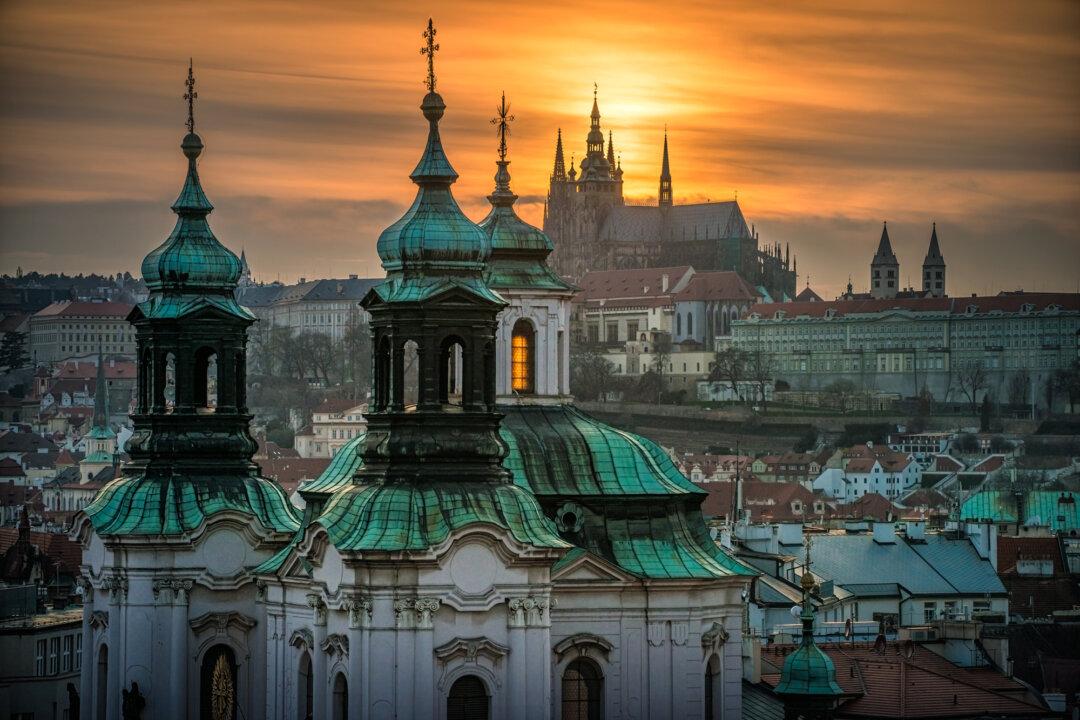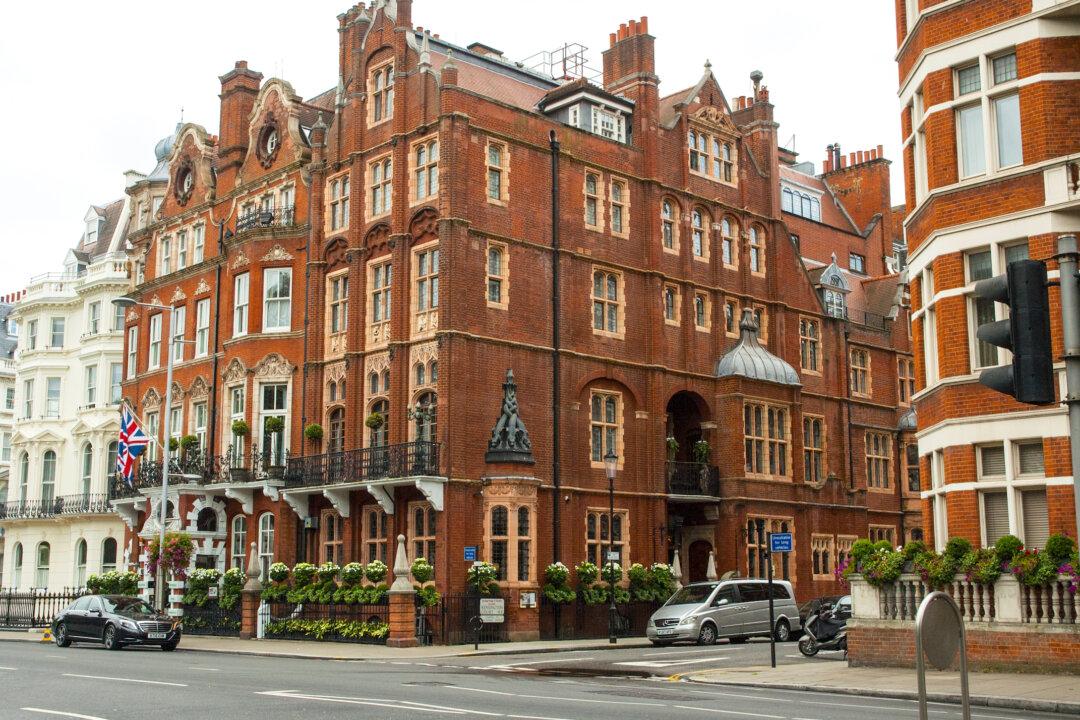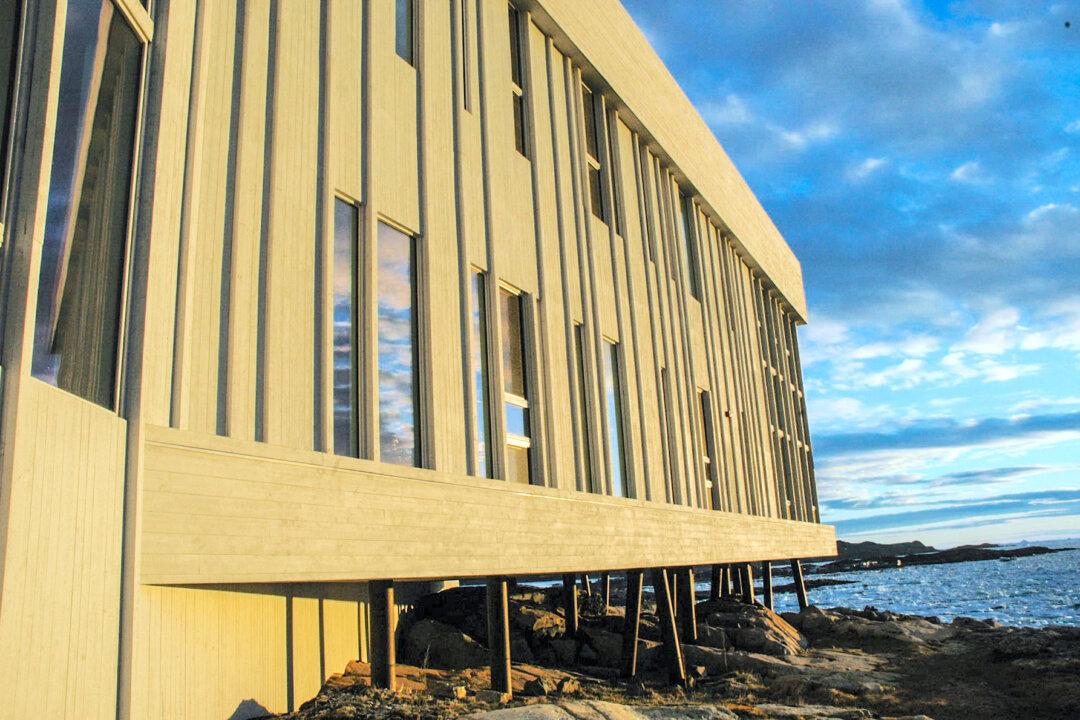The Camino de Santiago (St. James Way), a pilgrimage route in Galicia in northwestern Spain, attracts an endless stream of pilgrims, hikers, cyclists, and even horse-riders who traverse hundreds of kilometres, sometimes over months, to see the relics of St. James that are hidden in the depths of the main cathedral there.
Directly across from the Cathedral of Santiago de Compostela stands the Hostal dos Reis Católicos, considered to be the world’s oldest continuously operated hotel. It was built as a hospice and hospital where people could rest and recover after completing the pilgrimage, and today you can eat in the basement tavern or in the main dining room, the former morgue.
Unfortunately, due to its superb location, the hostel can be a touch noisy. Just down the road is the deathly quiet San Francisco Hotel Monumento. A former monastery, it has been turned into a boutique hotel that really re-creates the contemplative atmosphere of a monastery, with a très chic interior to boot.
